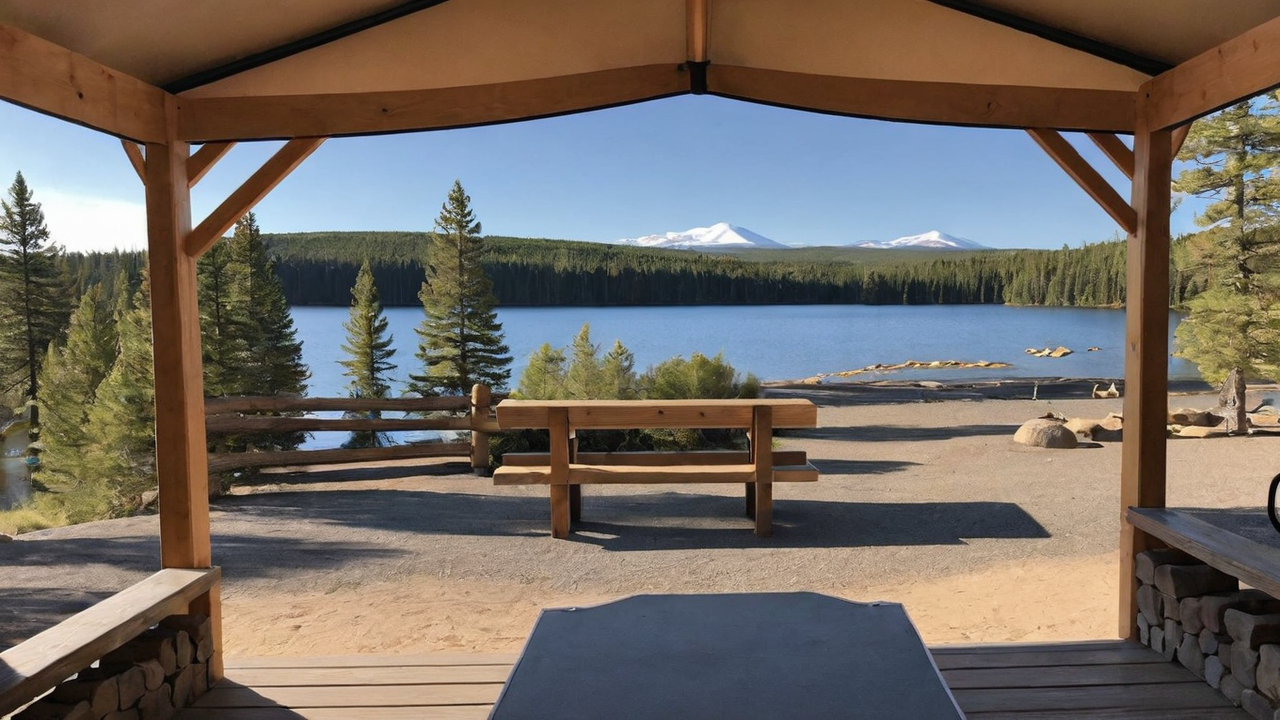Creating an Ultimate User's Experience: Design Guidelines for Camping Software
Creating an Ultimate User's Experience: Design Guidelines for Camping Software
Blog Article

Grasping The Users
Understanding who your intended users is crucial in designing an effective user's interface. It is important to take into account the necessities, preferences, and technology savviness. Such knowledge guides every design choice, ensuring that your software is accessible and intuitive.
Knowing your users also implies recognizing the obstacles and how they intend to use your campground software. It enables the designers to tailor functions and capabilities that meet specific needs, therefore making the application not only useful but also essential.
Simplifying the Navigation System
Simplifying the navigation system is a key component of user interface designing. A straightforward menu system guarantees visitors can easily locate what they're looking for, minimizing frustration and improving satisfaction levels. It's about making the user journey through the software as smooth and effortless as possible.
Additionally, a well-designed navigation leads visitors through the application, highlighting functions and tools that they otherwise would overlook. Such an method not only improves user experience but also encourages deeper engagement with your campground software full array of features.
Incorporating Premium Visuals
Visuals have a crucial part in creating a attractive user interface. Visuals assist in breaking monotony and can also illustrate features in a more clearly than description alone. Choosing the correct graphics, icons, and colors can greatly enhance the appearance of the software, thus making it more visually pleasing to your users.
Furthermore, a consistent visual style is essential for building a strong brand identity and trustworthiness among users. Every element must be in alignment with your brand's ethos and the overall message of the application, resulting in a seamless user experience that feels both polished and inviting.
Enhancing the Responsiveness
In the current digital world, users demand camping programs to be responsive on all platforms, from desktops to mobile phones. An adaptive design makes sure that no matter of the device size, the application provides an optimal experience. It not only improves accessibility but also caters directly to your audience's mobile lifestyle.
Furthermore, improving your software’s responsiveness can lead in improved speed, reducing load times and avoiding frustration. Visitors value a fast and efficient experience when using camping applications, making performance a crucial component in user satisfaction.
Optimizing the Search
Locating info quickly is key in any application, particularly in campground software systems. Enhancing the search functionality enables visitors to effortlessly discover what they're looking for, which improves their satisfaction and productivity. Through smart search capabilities, you reduce the frustration and improve general satisfaction.
Furthermore, advanced search options like filters and tags can assist in narrowing down search results, making it search process even efficient. Implementing these features shows an understanding of your user’s needs and an effort to enhancing the user’s experience with the campground software as smooth and productive as possible.
Prioritizing Security
Protecting user information must be non-negotiable when coming to developing campground programs. Your users expect to feel safe when entering their personal information. Ensuring strong security measures not only secures their information but likewise builds a sense of trust between your customer and your company.
In addition to standard protections like strong passwords and data encryption, it's important to consider adding advanced security measures such as two-factor authentication or biometric verification. These features provide an extra layer of security, ensuring that user data is kept safe from unauthorized access.
Leveraging Feedback
Feedback is vital for ongoing improvement of the campground software. It allows developers to understand what works, what doesn’t, and how the software can be improved to meet the user’s expectations. Actively seeking this type of feedback builds a partnership between your customers and your development team, which makes them feel they are part of the product's journey.
Incorporating this feedback into account can result in noticeable enhancements in UI designs and overall user experience. Implementing changes based on actual feedback shows that your brand listens to its customers and is dedicated to providing a top-notch product.
Maintaining Simplicity
In UI design, the principle of simplicity is fundamental. An unnecessarily complex interface can overwhelm users, resulting in an negative UX. Simplicity, on the hand, makes your software more intuitive and user-friendly. It promotes more user engagement and satisfaction.
Furthermore, keeping the simplicity should also extend to the content and functionality. Avoiding superfluous functions that don’t add value can help ensure that the interface remains clean and focused on meeting the core requirements of your users. By doing so, you can craft a more efficient UX that appeals with the target see more audience.
Report this page